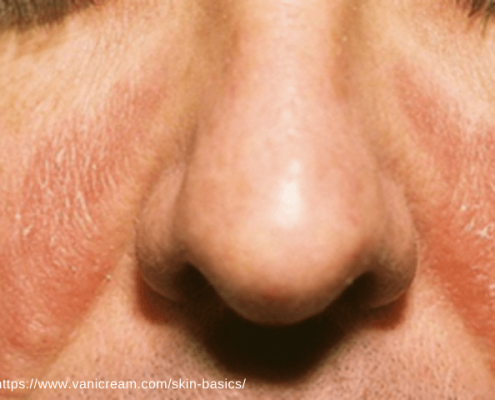If you are seeking to treat your seborrheic dermatitis and do approach a dermatologist right away. Bangaloreans can visit the best skin clinic in Indiranagar to get seborrheic dermatitis treatment.
What exactly is seborrheic dermatitis and how do you identify it?
Seborrheic dermatitis is a very common skin disease accompanied by a rash. The rash is usually red with a white or yellow crusty scale on the top surface. It also looks swollen and greasy. The patient could also complain of itching in the affected area.
Seborrheic dermatitis is found in adults, adolescents as well as children. Adults are likely to suffer from this condition for the rest of their lives. This condition flares up in the winter season when it is cold and dry.
Also, stress is yet another reason for its flaring up. The extent and frequency of flare-ups can be reduced by seeking suitable treatment.
Seborrheic dermatitis also occurs in infants and is known as cradle cap. The infant scalp develops greasy and scaly patches which become thick and crusty.
Infants also develop this condition in their diaper area or across the entire body in the form of scaly red patches. They usually disappear on their own and do not cause any harm before the infant turns one year old.
What are the signs and symptoms of seborrheic dermatitis?
The signs and symptoms of seborrheic dermatitis vary in infants, adolescents, and adults. Seborrheic dermatitis in adults and adolescents is identified by reddish skin with scaly patches. These scaly patches are moist and greasy while the scales are yellow and white and flake off in some time.
Seborrheic dermatitis in the scalp and face is identified with seemingly oily patches in red colour. The patients complain of itching and/or burning sensation in the scalp and the ear canal as well.
The areas where it appears on the face are eyebrows, nose, the center of the face, eyelids, and forehead. It is found in the upper chest and back area, armpits and genitals if it occurs all over the body.
Seborrheic dermatitis and medical conditions
Individuals with medical conditions such as HIV+ and Parkinson’s disease are likely to be affected by seborrheic dermatitis to a large extent. Also, individuals suffering from acne, rosacea, or psoriasis, depression, alcoholism, eating disorders, stroke or heart attack, and epilepsy are likely to develop this skin disorder.
Also, intake of interferon, psoralen, and lithium for health reasons can lead to seborrheic dermatitis.
Diagnosis and Treatment of seborrheic dermatitis
Patients can visit the best skin specialist in Indiranagar, Bangalore for diagnosis and treatment of seborrheic dermatitis. The dermatologist will physically check the patient and review the medical history. If required, medical tests will have to be done.
Treatment
The treatment depends upon the age and location of seborrheic dermatitis in the body. The treatment involves loosening and removing the scale. The dermatologist suggests medicines to prevent a skin infection and provide relief from itching and swelling.
In cases of cradle cap in infants, seborrheic dermatitis disappears on its own. If required, the dermatologist recommends a baby shampoo, brushing the scalp gently to remove the scales and application of special medication.
In cases of treatment in adolescents and adults for the scalp and rest of the body, the dermatologist suggests medicated shampoos, medicine for local application, barrier repair cream at regular intervals for short periods.
In cases of adults and adolescents, the condition could last for years and clear off with occasional sudden flares which then require special treatment.
It is advisable to visit the best dermatologist in Indiranagar, Bangalore, and receive a reliable treatment for seborrheic dermatitis as soon as possible.


